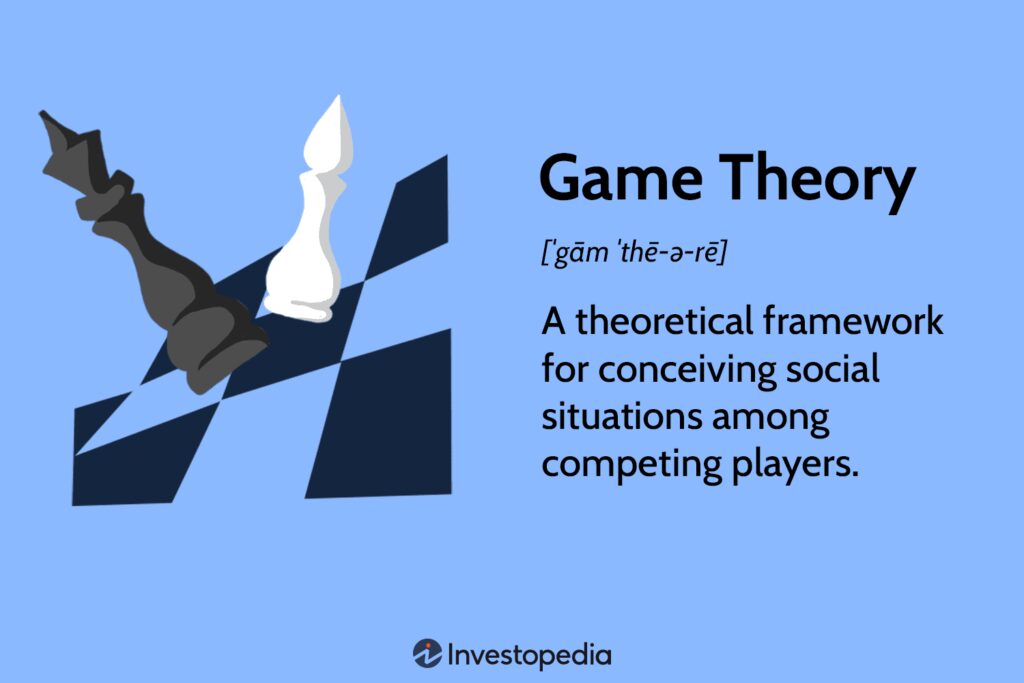Game development is a complex process that involves balancing art and science by designing, programming, testing, and releasing a game. The art of game development encompasses creating the visual and audio elements of a game, such as design, storyboarding, concept art, and sound design. Meanwhile, the science of game development involves the technical aspect of creating a game, including programming, testing, and releasing it. The use of game engines, Integrated Development Environments, art and sound tools can make the process of game development faster and efficient. With the right tools and frameworks, game development can be a fun process that can yield excellent results.
The Art and Science of Game Development: Using Tools and Frameworks to Build Great Games
Introduction
Game development is a complex process that requires a balance of art and science. It involves designing, programming, testing, and releasing a game. The process is not easy, and there is a lot of effort that goes behind creating a game from scratch. However, with the right tools and frameworks, game development becomes a fun process that can yield excellent results.
The Art of Game Development
The art of game development involves creating the visual and audio elements of the game. It covers design, storyboarding, concept art, and sound design. It is a crucial aspect of game development because it is the first thing that catches the player’s attention. Beautifully crafted environments, characters, and animations can make a game memorable.
Design
Game design involves creating the mechanics, rules, and objectives of the game. It is like building the foundation of a building. Without a solid foundation, the building will not stand. Similarly, without a good game design, a game will not be fun to play. It is crucial to know the target audience to create a game that appeals to them. An excellent way to design a game is to create a mock-up or a prototype to test the gameplay experience.
Storyboarding
Storyboarding is a critical aspect of game development, especially for a game with a narrative. It involves creating a sequence of images that depict the storyline of the game. It helps in creating a coherent story that players can follow.
Concept Art
Concept art is the visual representation of the game’s world, characters, and environments. It helps in establishing the art style and mood of the game. It is essential to create concept art before creating the game assets, such as 3D models or 2D sprites. Concept art sets the tone for the game and guides the development of game art.
Sound Design
Sound design involves creating a soundtrack that matches the game’s mood and setting. It covers all sound effects, background music, and voice-overs. Sound adds to the immersion of the game, and without it, the game might feel dull.
The Science of Game Development
The science of game development involves the technical aspect of creating the game. It covers programming, testing, and releasing the game. It is important to have excellent coding skills and use the right tools and frameworks to create a game that runs smoothly.
Programming
Programming is a crucial aspect of game development as it is the backbone of the game. It involves writing code to create mechanics, levels, and game objects. It is essential to use a programming language that suits the game’s needs. For instance, C++ is the common programming language for creating multi-platform games, while JavaScript is used for creating browser-based games.
Testing
Testing is a crucial aspect of game development as it helps in identifying bugs and glitches in the game. It involves running the game through test cases and ensuring that it runs as expected. Beta testing is another essential aspect of game development, which allows players to test the game and provide feedback.
Releasing
Releasing the game involves making it available to the public. It involves distribution, marketing, and launching the game. It is essential to create a marketing plan to promote the game, using social media, trailers, and reviews.
Tools and Frameworks for Game Development
There are several tools and frameworks available for game development that make the process more accessible, faster and efficient.
Game Engines
A game engine is a set of tools and frameworks that automate common tasks in game development. It provides a platform to create, design, and run games. Popular game engines include Unity, Unreal Engine, and Godot.
Integrated Development Environment (IDE)
An integrated development environment (IDE) is software that provides a comprehensive environment for writing, testing, and deploying software. It provides a programming interface for creating code, debugging, and testing code. Popular IDEs for game development include Visual Studio and Eclipse.
Art and Sound Tools
There are several art and sound tools available for game development, such as Adobe Photoshop, Blender, and Audacity. These tools help in designing game assets, such as 2D and 3D models, and audio assets.
Conclusion
Game development is a process that requires a balance of art and science. It is essential to have excellent coding skills, design skills, and use the right tools and frameworks to create a game that runs smoothly. The use of game engines, IDEs, art, and sound tools can make the process of game development faster and efficient. With the right tools and frameworks, game development becomes a fun process that can yield excellent results.
